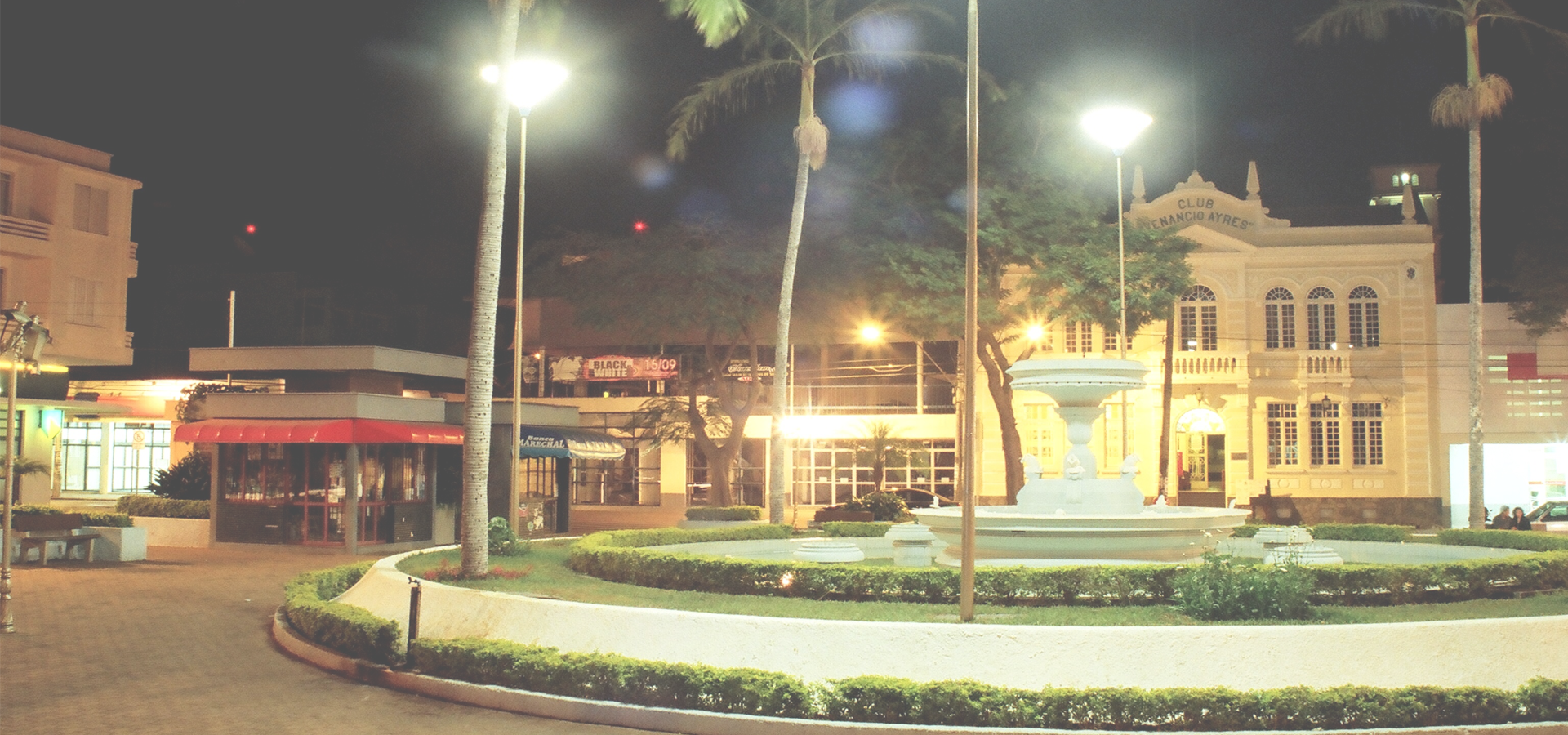Itapetininga, São Paulo, Southeast Region, Brazil
🇧🇷 Itapetininga is a municipality in the state of São Paulo, Brazil. The population is 165,526 (2020 est.) in an area of 1790 km2. The name comes from a Tupi-Guarani language, meaning "dry stone". It is situated in the southern part of the state, and is known as cidade das escolas, meaning city of schools in Portuguese.
Itapetininga developed along with the "tropeirismo" (Trooping), as a resting point of the cattle dealers, who were mounting groups and villages for the landing, before they travel towards the South. The first nucleus of cattle dealers in the region of Itapetininga appeared in 1724, when it was discovered that the pasture in the region was abundant and the land was fertile for planting. To these factors there was added up the distance to the Sorocaba town - 12 leagues - that was corresponding to a journey of a troop. About 1760, a group of Portuguese, led by Domingos José Vieira, left the first nucleus (today, district of Porto) and formed another, in a high place and surrounded by two streams.
At this time there was an argument between two nucleuses that wanted to be elevated to the condition of town. The results: on April 17, 1770, Simão Barbosa Franco was nominated to establish and administering the new village, and so was left to him the choice of the principal nucleus. Historians tell that a "marching" mule, offered as a present to Simão Barbosa Franco, guaranteed the victory to Domingos José Vieira. The town of Nossa Senhora dos Prazeres de Itapetininga was officially created on November 5, 1770, when a solemn mass was celebrated by the vicar of the new parish, Priest Inácio of Araújo Ferreira. It is in this date that was agreed to commemorate the anniversary of the municipality.
Besides Simão Barbosa Franco and Domingos José Vieira, an Itu town citizen. Salvador de Oliveira Leme (-nicknamed Sarutayá )- has been included among the historical founders of the municipality, since he was the second captain-mor of Itapetininga (the first one was Domingos José Vieira). The emancipation of the Town of Itapetininga happened in 1852, through the Law nº 11, on July 7, 1852. The law granted judicial autonomy, thus creating to judicature of Itapetininga. The town, however, only became a municipality, in fact, on March 13, 1855 with the name of Itapetininga.
The holy patron of Itapetininga is Our Lady of the Pleasures.
Itapetininga, São Paulo, Southeast Region, Brazil

Itapetininga has a population of over 165,526 people. Itapetininga also forms the centre of the wider Itapetininga district which has a population of over 250,111 people. It is also a part of the larger Sorocaba Metropolitan Region.
To set up a UBI Lab for Itapetininga see: https://www.ubilabnetwork.org Twitter: https://twitter.com/UBILabNetwork
🇧🇷 Taboão da Serra -23.625
🇧🇷 Caraguatatuba -23.621
🇧🇷 São Caetano do Sul -23.606
🇧🇷 Ferraz de Vasconcelos -23.543
🇧🇷 Votorantim -23.533
🇧🇷 Embu das Artes -23.649
🇧🇷 Santo André -23.658
🇧🇷 São Bernardo do Campo -23.694
🇦🇺 Alice Springs -23.7
🇧🇷 Ribeirão Pires -23.709
🇧🇷 Itapecerica da Serra -23.718
🇧🇷 Araraquara -48.167
🇧🇷 Uberlândia -48.256
🇧🇷 Águas Lindas de Goiás -48.267
🇧🇷 Pires do Rio -48.267
🇧🇷 Jaboticabal -48.317
🇧🇷 Capão Bonito -48.342
Locations Near: Itapetininga -48.1297,-23.6446
🇧🇷 Tatuí -47.85,-23.35 d: 43.4
🇧🇷 Capão Bonito -48.342,-24.038 d: 48.8
🇧🇷 Votorantim -47.433,-23.533 d: 72
🇧🇷 Piedade -47.425,-23.707 d: 72.1
🇧🇷 Sorocaba -47.425,-23.478 d: 74.2
🇧🇷 Porto Feliz -47.517,-23.2 d: 79.7
🇧🇷 Botucatu -48.456,-22.891 d: 90.2
🇧🇷 Itapeva -48.88,-23.985 d: 85.2
Antipodal to: Itapetininga 131.87,23.645
🇯🇵 Ginowan 127.78,26.279 d: 19509.4
🇯🇵 Nago 127.978,26.592 d: 19504.3
🇯🇵 Naha 127.702,26.199 d: 19507.9
🇯🇵 Okinawa City 127.793,26.343 d: 19506.3
🇯🇵 Urasoe 127.734,26.254 d: 19507.1
🇯🇵 Tomigusuku 127.667,26.15 d: 19507.9
🇯🇵 Okinawa 127.809,26.409 d: 19503.4
🇯🇵 Makishi 127.667,26.2 d: 19504.9
🇯🇵 Amami 129.483,28.367 d: 19438.4
🇯🇵 Miyakojima 125.267,24.8 d: 19333.3